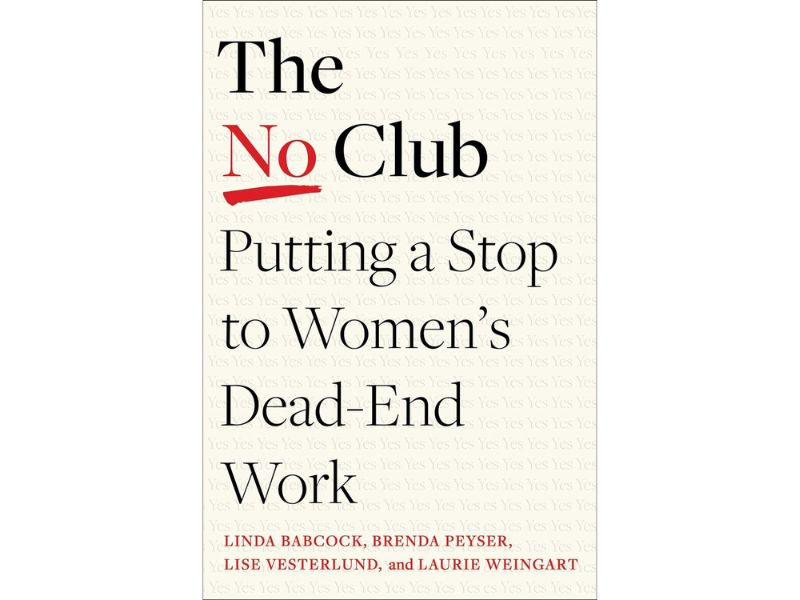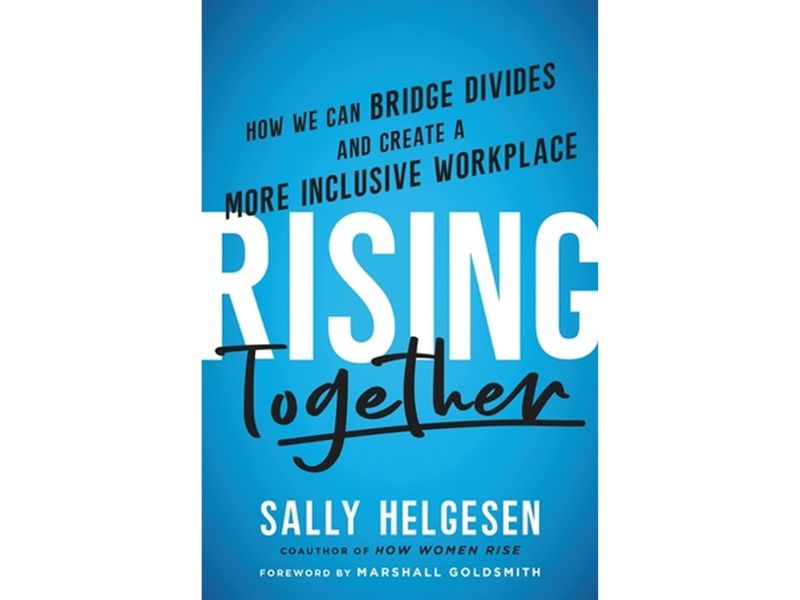Diversity and inclusion must be a business imperative, and yet in 2020 there is still a long way to go in order to truly attain it.
It was recently revealed that fewer than half of UK companies had managed to narrow the gender pay gap over the past year, with 78 per cent reporting a pay gap in favour of men and 45 per cent admitting that the discrepancy in pay had actually increased in their favour.
Market research lags behind when it comes to gender parity, particularly when considering the top roles. In a survey of nearly 600,000 people working in the marketing, media and communications sector, conducted by The Drum, a ‘leadership gap’ of 14 per cent has been exposed between men and women in the sector’s most senior positions.
In order to tackle diversity issues, industries must act now to evolve their sector into one that attracts and reflects all members of society. In order for the marketing communications industry to succeed, in particular, with its role of connecting client and consumer, it must fully represent the consumer base.
There are plenty of new approaches on hand to assist in increasing diversity and inclusion in the workplace, such as shared parental leave. Not only does this allow – and encourage – both parents to spend time with their children, but it also helps towards juggling childcare and career progression. A disproportionate number of women are part-time employees in the marketing sector as it usually isn’t financially viable for both partners to continue working full-time once they are parents. Traditionally, women return to work part-time following maternity leave but it doesn’t have to be this way.
By truly embracing flexible working, the industry can also open itself up to more employees. Part-time work is often perceived as stalling career development, with this view most likely perpetuated by the rarity of part-timers in senior roles. Therefore, it’s easy to feel that part-timers are overlooked for pay rises and promotions. Most of these assumptions are based on the outdated notion that only 9-5 working in an office, five days a week, will lead to the best results for a business. In reality, the happiest employees make the best contributions to the workforce – and a happy employee is one who feels valued and trusted by their employer. Reviewing salary structures to ensure that part-timers aren’t overlooked for promotion or recognition is a simple enough solution. Businesses can also consider job sharing for those employees who are in part-time roles, ensuring nothing falls through the cracks on those days that employees would otherwise not be working.
ONS results from 2017 shamed the marketing profession when the average gender pay gap for marketing and sales directors was revealed as 12 per cent, and 17.4 per cent for marketing associate professionals. Even worse, as female marketers reach the top rungs of the career ladder, they can expect a pay gap of 32 per cent waiting for them as owners/partners and 22 per cent as board directors. It’s not too late to turn these figures around – and hopefully some headway has already been made – but it clearly is a business imperative.
 About the author
About the author
Adele Gritten is Managing Director UK for Future Thinking. Adele has been in research, strategy and marketing planning roles for 20 years, having worked in media agency, research agency and client side roles during that time.
WeAreTheCity covers the latest female centric news stories from around the world, focusing on women in business, careers and current affairs. You can find all the latest gender news here.
Don’t forget, you can also follow us via our social media channels for the latest up-to-date gender news. Click to follow us on Twitter, Facebook, Instagram, and YouTube.









